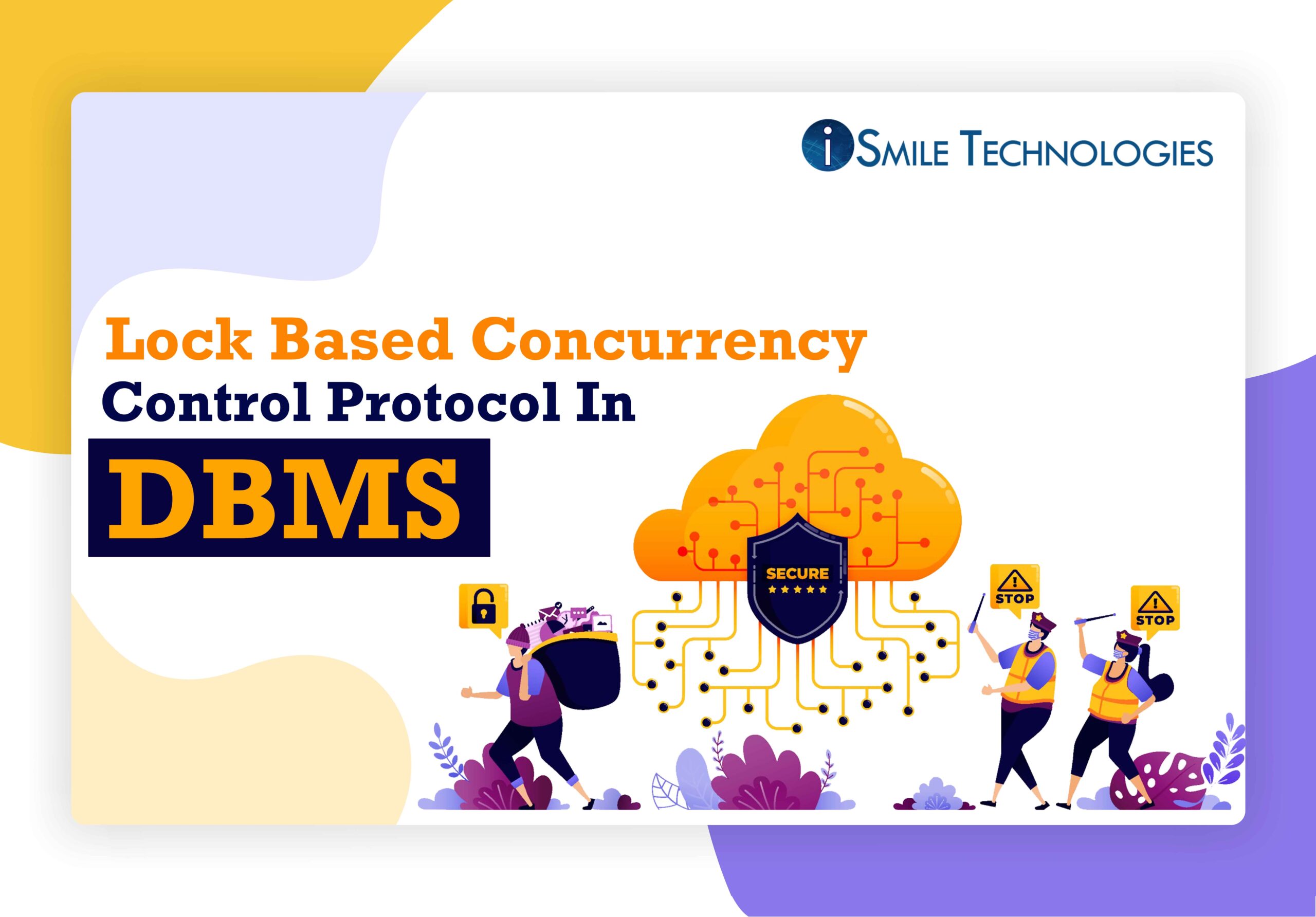Different concurrency control protocols in Database management include
Lock-Based Protocols -
It is a mechanism in which a transaction cannot read or write data unless the appropriate lock is acquired. This helps in eliminating the concurrency problem by locking a particular transaction to a particular user. The lock is a variable that denotes those operations that can be executed on the particular data item.
The various types of lock include :
- Binary lock: It ensures that the data item can be in either locked or unlocked state
- Shared Lock: A shared lock is also called read only lock because you don’t have permission to update data on the data item. With this lock data item can be easily shared between different transactions. For example, if two teams are working on employee payment accounts, they would be able to access it but wouldn’t be able to modify the data on the payment account.
- Exclusive Lock: With exclusive locks, the data items will not be just read but can also be written
- Simplistic Lock Protocol: this lock protocol allows transactions to get lock on every object at the start of operation. Transactions are able to unlock the data item after completing the write operations
- Pre-claiming locking: This protocol evaluates the operations and builds a list of the necessary data items which are required to initiate the execution of the transaction. As soon as the locks are acquired, the execution of transaction takes place. When the operations are over, then all the locks release.
- Starvation: It is the condition where a transaction has to wait for an indefinite period for acquiring a lock.
- Deadlock: It is the condition when two or more processes are waiting for each other to get a resource released
Want uninterrupted development, integration, testing, deployment, and monitoring of enterprise data operations?
Our experts will help enhance data availability, reduce downtime, lower operations costs, and mitigate data risks.
Lock Compatibility Matrix
- A transaction can be granted lock on a data item if the requested lock is found compatible with the locks on the data item from other transactions
- Multiple number of transactions can have shared locks on any data item. In case any transaction holds exclusive lock on the data item, no other transactions can hold lock on it
- All incompatible locks by other transactions must be released and the requested transaction has to wait if a lock is not granted
How ISmile Technologies Help:
ISmile Technologies can help companies in implementing the Lock based Concurrency Control protocol in their database management systems (DBMS) in a number of ways.
- Technical Expertise: ISmile Technologies can provide technical expertise in designing, developing and implementing the Lock based Concurrency Control protocol in a company’s DBMS. We can help in selecting the appropriate locking mechanisms, configuring the lock granularity, and optimizing the lock contention to ensure efficient concurrency control.
- Customized Solutions: ISmile Technologies can provide customized solutions based on the specific needs of a company. We can help companies implement the lock-based concurrency control protocol in a way that aligns with their specific requirements.
- Training and Support: ISmile Technologies can provide training and support to help companies understand how to use the lock-based concurrency control protocol effectively. We can train developers on best practices for using locks in their code, and help administrators monitor and manage lock contention in real time.
- Performance Tuning: ISmile Technologies can help companies tune their lock-based concurrency control protocol for optimal performance. We can analyze the system for bottlenecks and help fine-tune locking mechanisms to improve the overall system performance.
Lets have a introductory call to discuss about how our team can help in your organization digital transformation journey. Schedule a Free Evaluation.








